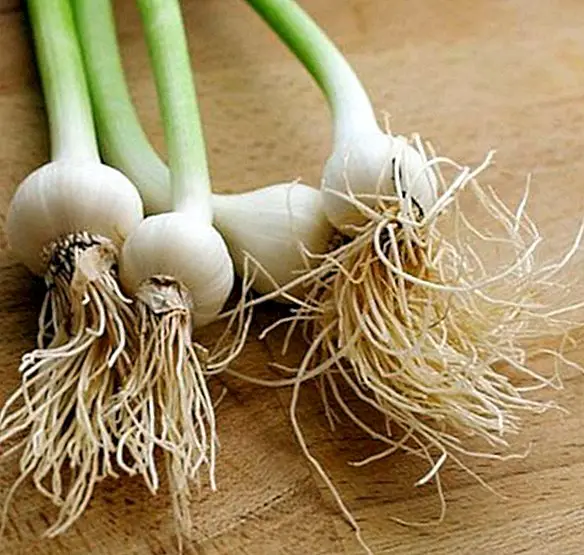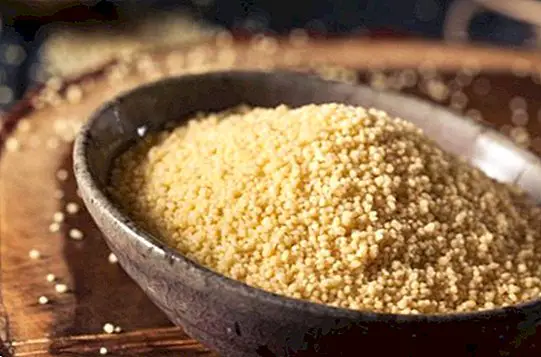Some curiosities about bread and main properties
Bread is a basic food that should not be missing in our daily diet. Although it enjoys some myth in which it is said that the bread is fattening is not quite true since the bread consumed in the recommended amounts or recommended does not get fat, on the contrary it is a healthy food.
We must emphasize that bread alone does not make you fat, maybe we should keep in mind that other foods accompany the bread when making our sandwiches. It is a source of benefits and properties so we should not give up their consumption even if we are doing some weight loss diet.

There are many investigations that have been carried out on this food confirming the benefits that bread brings to our body being even advised to reduce up to 30% the likelihood of suffering from cardiovascular disease also helps us to prevent colon cancer .
The nutritional properties of bread
Bread is a rich source of carbohydrates, which provides our bodies with the necessary energy to carry out our daily tasks. Also rich in proteins of vegetable origin.
It is a food rich in fiber, water, and B vitamins such as B1, B2, B3, B6, as well as containing folic acid. The minerals that bread gives us are calcium, iron, phosphorus, potassium, magnesium, sodium, iodine and zinc.
Not all types of bread contain these properties since there are different types of bread. In this sense, we must know what types of bread there are many depending on the type of flour with which they are prepared and made in all parts of the world, then we provide some types of bread.
How many types of breads are there?
- White bread: it is the bread that is made with refined flour.
- Black bread: It is made with rye flour or whole wheat flour.
- Seed bread: The seed bread is made with wholemeal flour and seeds such as sunflower, sesame, poppy, pumpkin are added.
- Bread of cereals: it is made with refined wheat flour and cereals such as bran, oats, rye, soybeans, barley, rice are added.
- Fruit bread: the fruit bread is prepared with refined flour and mixed with dried fruits, such as raisins, peach apricots.
- Breadcrumbs: It is made with whole wheat flour.
- Baguette bread: This bread has its origin in France and is made with
- Pitta bread: It is a bread originating in Syria, it has the shape of a crushed cake and it is usually eaten with some filling inside.
- Bread donut: As its name suggests, it has the shape of a donut, round, and it is made with refined flour or with wholemeal flour.
- Brioche Bread: It is a bread of French origin, it is a spongy bread, also known as milk bread or yolk, it is made with wheat flour, milk, yeast, egg, butter.

After knowing how good and healthy the bread is, eliminating it from our diet becomes a mistake because, as we have said before, if we consume it in the right quantities, it is even beneficial to prevent the onset of diabetes by reducing insulin concentrations in the blood.
The daily amounts of bread recommended by the experts in nutrition are of a consumption of between 50 to 200 gr. of bread a day and, better only, or accompanied by a little bit of olive oil since it is usually accompanied by fatty foods that are also unhealthy. This article is published for informational purposes only. You can not and should not replace the consultation with a Nutritionist. We advise you to consult your trusted Nutritionist. ThemesFoods


